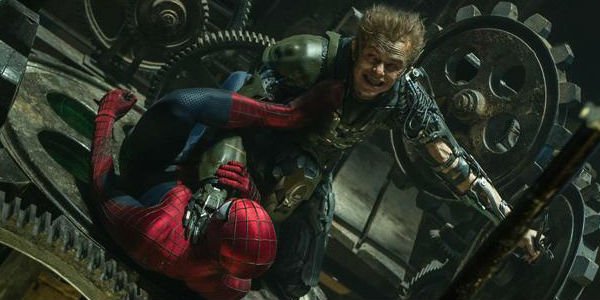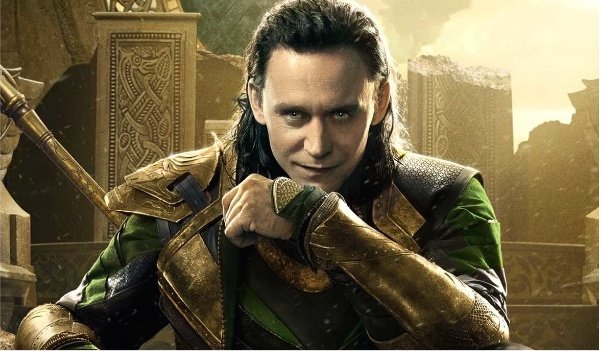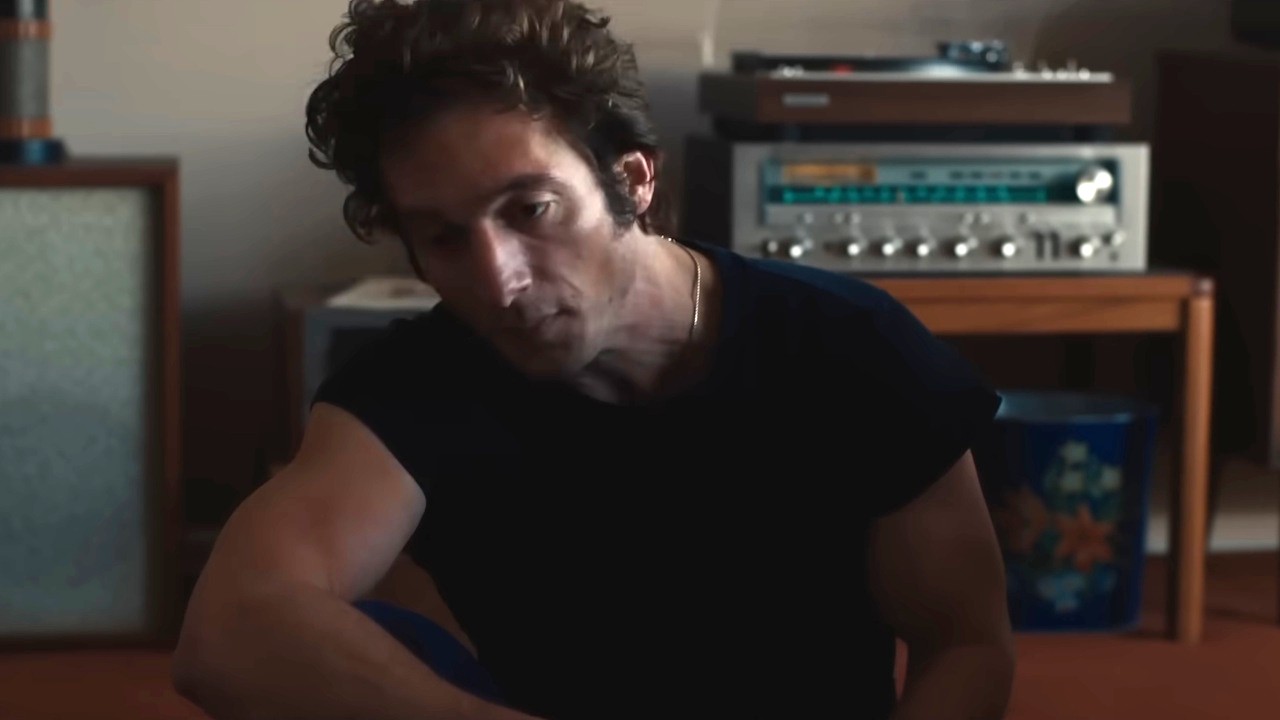
Over decades, superhero comics have harnessed a delicate formula that's allowed for experimentation in storytelling, with characters living and dying and living again, massive crossovers buttressed by smaller moments between characters, and not necessarily good vs. evil superhero throwdowns. The films, however, have been different. Case in point, The Amazing Spider-Man 2, which finds Spidey battling three marquee villains, with plenty left to come in sequels. Many suggest villain overload is to blame for the film's underwhelming opening weekend. But is it possible that the Spider-Man movies are ahead of all the other superhero franchises specifically because of its villains?
There are three ways superhero movies can deal with supervillains, all a threat to the long-term planning of a franchise. The first, and most popular one, is to erase the recognizable baddie permanently, usually by death. If you've got an expensive actor in the bad guy role, it can be difficult to retain him or her if he or she no longer figures into the main plot, and you've got to eliminate them to make room for more bad guys. The problem is, who's to say the next villain will be as compelling as the last? Not every baddie is a winner: look at the Iron Man films, which are mostly bearable when Robert Downey Jr. gets to charm the audience, not when Tony Stark locks horns with a supervillain.
The second option is to keep the villain around, risking an absolute absence of suspense. Sure, some comic villains have compelling personalities, and some, like Magneto of the X-Men, can be overexposed and still able to plumb new depths. But the repeated Loki fakeouts in Thor: The Dark World stretched the audience's affinity for the God of Trickster. Maybe some of those villains can change their spots: see James Franco's Harry Osborn in Spider-Man 3. But by that point, Osborn had outlived his usefulness, and he was killed off immediately after. A villain who just sticks around is like an actor who won't get off stage even though the curtain call has already completed.

The third solution is to reboot, which is how the Joker popped up in two separate Batman mythologies. A reboot, of course, usually requires a change of cast and crew, as well as an audience ready for two radical revisions of a popular character. As evidenced by The Amazing Spider-Man 2, that's rare: no one's exactly been raving for Dane DeHaan's Green Goblin, and in fact it may have been a mistake to reintroduce that particular villain into the world of Spider-Man. The Joker is Batman's primary nemesis: Green Goblin could conceivably be called Spidey's chief antagonist, but not enough to repeat him so soon after the incarnation from the Sam Raimi films.
The problem is that the major superhero franchises are in danger of exhausting all the top tier villains, and there are very few left to choose from. The X-Men series has room for some of the mutants' many combatants, particularly the title character in X-Men: Apocalypse , but they're all going to be unfairly measured against Magneto, who has already shown up in five X-Men movies. Wolverine has barreled through two uninspired versions of archnemesis Sabretooth, and Iron Man and Thor have already made headway against their chief foes. We've seen The Fantastic Four battle iconic rivals Dr. Doom and Galactus, and we're going to again. And speaking of which, the Superman/Batman movie has the heroes facing off against cinema's third Lex Luthor, leading into a new series of Batman adventures hamstrung by the fact that we've already seen 10 of his greatest adversaries, four of them twice each. Captain America has a couple of notorious opponents to fight, but Chris Evans is lickety-split after his contract runs out.
It's great that Marvel is pursuing newer heroes for their upcoming slate, but look down the list of antagonists for the heroes in Ant-Man, Black Panther, Doctor Strange and Captain Marvel. The threats these heroes have faced are really only enough for one movie, not really a franchise. Not to diminish the rich history of these characters, but the history of repetition proves that executives will take even less risks on bad guys then they will good ones. At least they can benefit from Marvel's shared universe and fight established villains from other Marvel films. Fox, meanwhile, just cast Tim Blake Nelson in The Fantastic Four to play a character that could end up becoming Mole Man somewhere down the line. Yeah, audiences will be on pins and needles waiting for that.
It was folly re-introducing the Green Goblin into the Spider-Man mix, drawing unavoidable comparisons with the earlier films. But with him comes the promise of more, a potential Sony realizes with The Sinister Six. The Spidey villains are numerous and diverse enough that they could be squeezed into any Spider-Man story, bizarre but specific enough to stand out on any poster for their elemental attributes. Osborn's Green Goblin is basically the introduction into a world that could accommodate a good dozen or more big screen-ready villains, only a couple of whom have already been used. These movies will reach a saturation point as far as tiresome villains, probably when Spidey finds himself wrestling with Hydro-Man and the Hypno Hustler. Until then, Sony has lucked into a series with scores of villains that can challenge the wall-crawler for decades, none of them beholden to an overarching story or theme that bottles their potential and handcuffs the mythology. So why does it feel like every other superhero franchise has already reached that saturation point?
Your Daily Blend of Entertainment News
